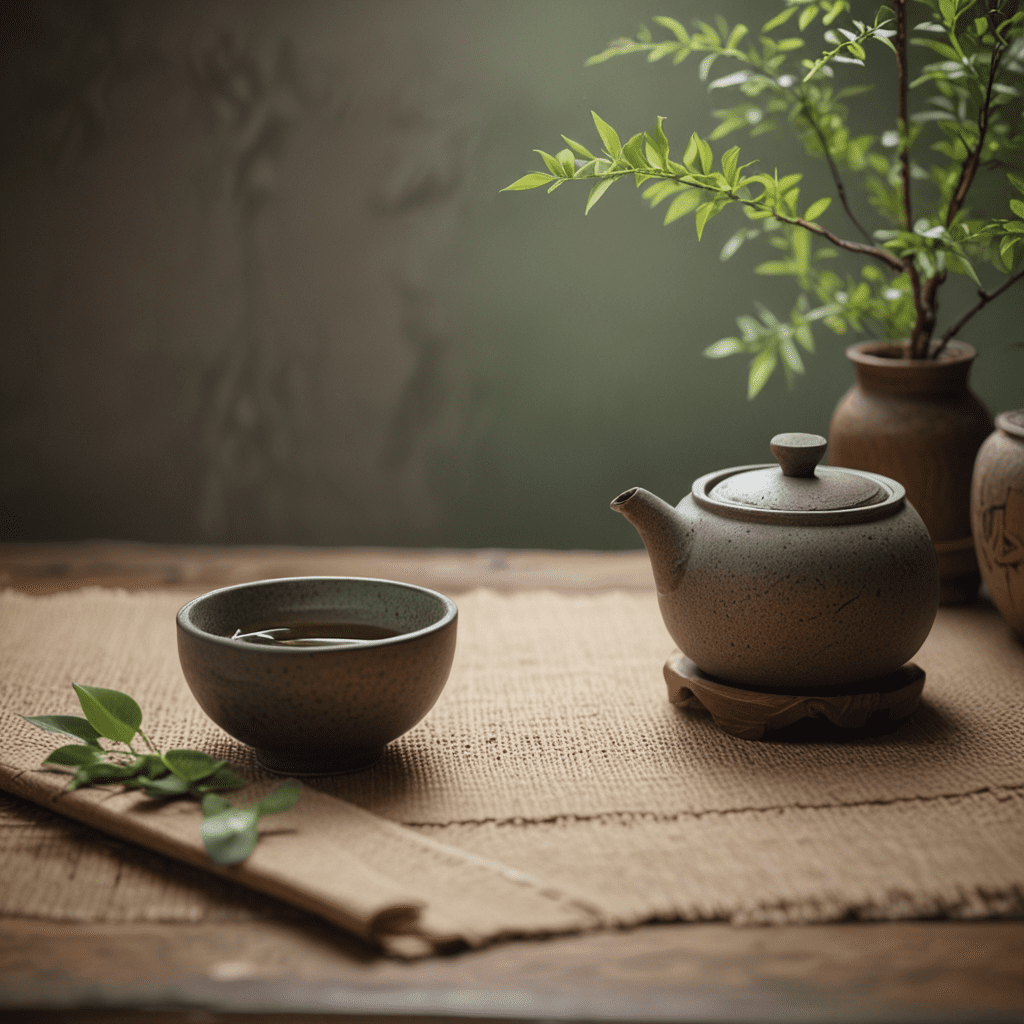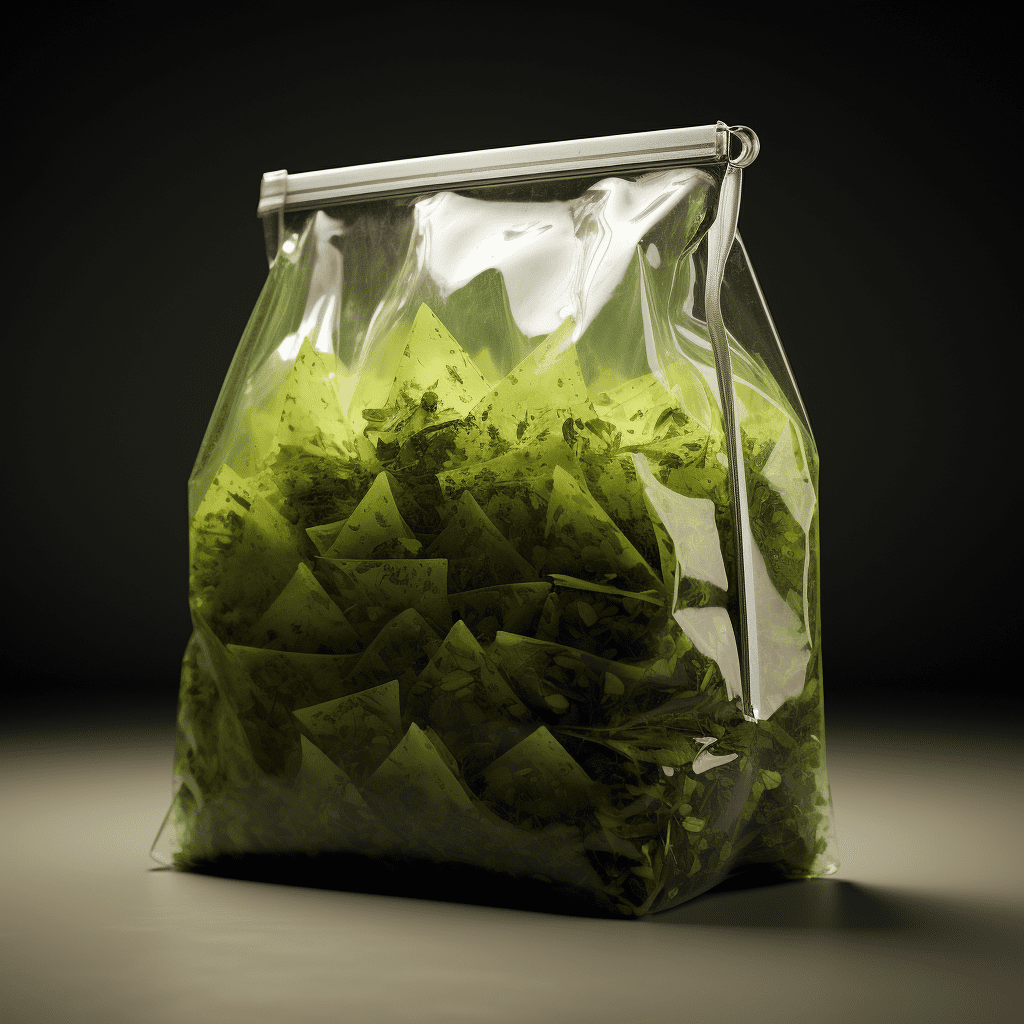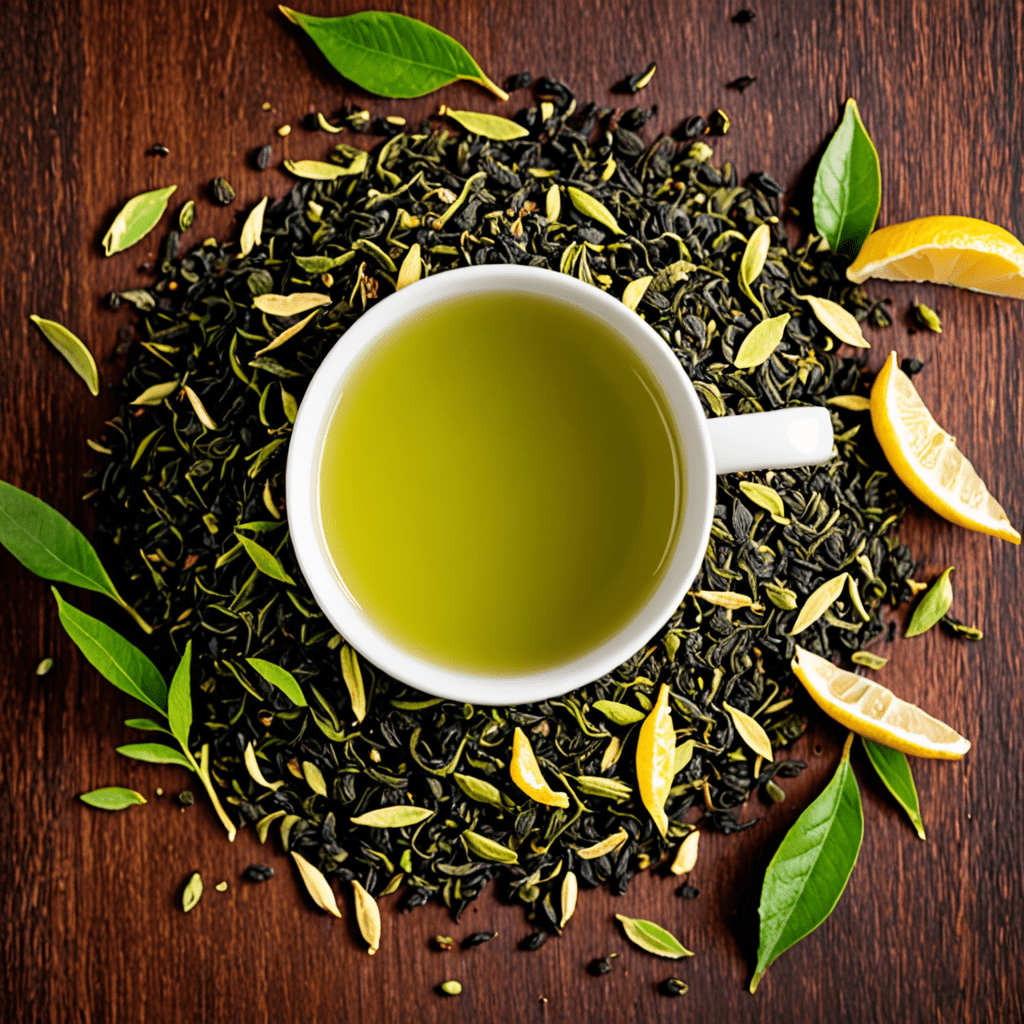1. Introduction to Wabi-Sabi
Wabi-sabi, a core principle of Japanese aesthetics, finds its profound manifestation in the celebrated ritual of tea ceremony. It embraces the beauty of life's ephemeral and imperfect nature, encouraging a deep appreciation for the present moment. Wabi-sabi transcends mere aesthetics, embodying a profound philosophical perspective centered on acceptance, humility, and the celebration of the unassuming.
2. Historical Origins of Wabi-Sabi in Tea Ceremony
The roots of wabi-sabi in Japanese tea ceremony can be traced back to the 15th century, when tea master Sen no Rikyu revolutionized the practice, infusing it with an austere, rustic simplicity. Guided by Zen Buddhist principles, Rikyu rejected ostentatious displays of wealth and instead turned towards natural, earthy elements, creating an ambiance that celebrated the inherent beauty of imperfection.
3. Aesthetics of Imperfection and Asymmetry
Wabi-sabi aesthetics elevate imperfections and asymmetrical forms to the realm of beauty. Tea bowls and other utensils, often crafted by hand, bear the subtle marks of the maker, revealing the human connection inherent in their creation. Asymmetry and irregularity evoke a sense of balance and harmony that transcends perfect symmetry, embracing the organic rhythms of nature.
4. Natural Materials and Organic Forms
In wabi-sabi, nature is not merely an inspiration but an integral element. Tea ceremony spaces incorporate natural materials like wood, bamboo, and stone, creating a sensory connection to the surrounding environment. Organic forms, echoing the shapes found in nature, lend a sense of tranquility and authenticity to the ritual, blurring the lines between the human and natural realms.
5. The Meaning of Impermanence (Mujo)
Wabi-sabi is deeply imbued with the Buddhist concept of mujo, or impermanence. Everything in life is transient, including the fleeting moments of tea ceremony. The tea bowl, once filled with the vibrant green liquid, will eventually be empty; the tea house, with its cozy ambiance, will one day return to nature's embrace. Wabi-sabi embraces the inevitability of change, teaching us to cherish the beauty of the present while acknowledging its ephemeral nature.
6. Simplicity and Minimalism in Tea Ceremony
Wabi-sabi finds its purest expression in the simplicity and minimalism of the tea ceremony. The tea room, adorned with a single flower arrangement or a simple scroll, reflects the minimalist aesthetic of Zen Buddhism. Stripped of excess and ornamentation, the space invites participants to engage fully with the present moment, fostering a sense of tranquility and reflection.
7. The Influence of Zen Buddhism
Zen Buddhism played a pivotal role in the development of wabi-sabi in tea ceremony. Zen teachings emphasize the value of simplicity, humility, and the acceptance of life's transience. By practicing tea ceremony in accordance with Zen principles, participants immerse themselves in a meditative experience, seeking inner peace and enlightenment through the ritualized actions and surroundings.
8. The Tea Ceremony as a Ritual of Wabi-Sabi
The tea ceremony itself is a living embodiment of wabi-sabi. Every aspect of the ritual, from the preparation of the tea to the gestures and etiquette, reflects the underlying principles of simplicity, imperfection, and impermanence. The tea ceremony becomes a vessel for exploring the deeper meaning of life and one's connection to the universe.
9. The Beauty of Imperfection in Japanese Teaware
Japanese teaware, particularly tea bowls, are renowned for their embrace of imperfections. Asymmetry, irregular shapes, and subtle variations in color and texture are highly prized, as they embody the wabi-sabi aesthetic. The tea bowl, a humble vessel, becomes a canvas for expressing the beauty of the imperfect, reminding participants of the transience and organic nature of life.
10. Wabi-Sabi as a Source of Inner Peace and Harmony
By immersing oneself in the world of wabi-sabi through tea ceremony, participants cultivate a profound sense of inner peace and harmony. The acceptance of imperfection and impermanence allows practitioners to let go of attachments and find contentment in the present moment. Wabi-sabi teaches us to appreciate the beauty of the fleeting and imperfect, bringing balance and serenity to our lives.
FAQ
What is the meaning of "wabi-sabi"?
Wabi-sabi is a Japanese aesthetic that embraces beauty in imperfection and transience.
How did wabi-sabi originate in tea ceremony?
Tea master Sen no Rikyu revolutionized the tea ceremony in the 15th century, infusing it with wabi-sabi principles.
What are the key elements of wabi-sabi in tea ceremony?
Natural materials, organic forms, simplicity, and asymmetry are essential elements of wabi-sabi aesthetics in tea ceremony.
How does wabi-sabi contribute to the tea ceremony experience?
Wabi-sabi fosters a sense of serenity and reflection, allowing participants to connect with the present moment and appreciate life's transience.
What is the significance of imperfect teaware in wabi-sabi?
Imperfect teaware embodies the wabi-sabi aesthetic, reminding practitioners of the beauty of imperfection and impermanence.



